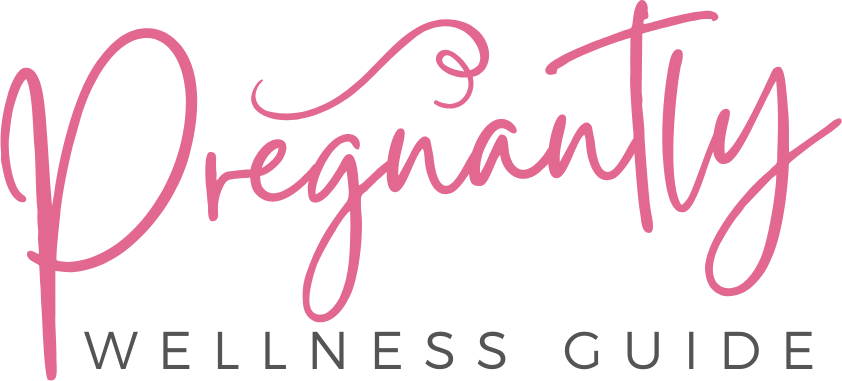
In exploring bone health beyond menopause, preventing osteoporosis demands a multifaceted approach that considers risk factors, stresses calcium and vitamin D intake, promotes weight-bearing exercises, suggests lifestyle modifications, outlines available medications, and underscores regular bone density monitoring as important for skeletal strength maintenance. A well-rounded understanding of these elements is pivotal to safeguarding bone health and preventing fractures, with each aspect playing an essential role in the complete management of osteoporosis.
Risk Factors for Osteoporosis
When evaluating the risk factors for osteoporosis postmenopause, it’s important to consider different elements that can greatly influence an individual’s vulnerability to this condition. Postmenopausal women with a family history of osteoporosis are at a higher risk of developing this bone-weakening disease.
Reduced estrogen levels postmenopause contribute to bone loss, increasing the likelihood of osteoporosis. Inadequate calcium intake can further exacerbate this risk, as calcium is essential for maintaining bone density.
Moreover, a lack of physical activity can weaken bones and elevate fracture risk in postmenopausal women. Prolonged use of medications like steroids or Depo-Provera can also compromise bone health, making individuals more susceptible to osteoporosis.
Understanding these risk factors is crucial for implementing preventive measures to safeguard bone health in postmenopausal women.
Importance of Calcium and Vitamin D
Calcium and vitamin D play essential roles in maintaining peak bone health, particularly for women over the age of 50. Adequate intake of these nutrients is necessary for preventing osteoporosis and reducing the risk of fractures, especially in the post-menopausal stage when estrogen levels decline.
Here are key points to keep in mind:
– Calcium intake should aim for 1,200 mg daily to support bone density.
– Vitamin D, with a recommended daily intake of 800-1,000 IU, is important for efficient calcium absorption.
– Dietary sources like dairy products, leafy greens, and fortified foods provide calcium, while sources of vitamin D include fatty fish, egg yolks, and fortified foods, with supplements and sun exposure as additional options.
Role of Weight-Bearing Exercises
Participating in weight-bearing exercises is vital for stimulating bone strength and density, contributing greatly to overall bone health. These exercises, such as walking, jogging, and dancing, help improve bone mass and reduce the risk of fractures by promoting calcium retention in bones.
Furthermore, resistance training with weights or resistance bands can further enhance bone density. Post-menopause, when estrogen levels decline and osteoporosis risk increases, regular weight-bearing exercises play an important role in maintaining bone integrity.
Introducing these exercises into a routine can be particularly advantageous for women who may not be undergoing hormone therapy. By prioritizing weight-bearing activities, individuals can actively contribute to the prevention of osteoporosis and support long-term bone health.
Lifestyle Changes for Prevention
To maintain top bone health and prevent osteoporosis, implementing lifestyle changes is vital. Engage in weight-bearing exercise for at least 30 minutes most days to stimulate bone strength and prevent bone loss.
Quit smoking to protect bone density and reduce fracture risk, as smoking accelerates bone loss.
Limit alcohol intake to one drink daily for women and avoid binge drinking, as excessive alcohol consumption can contribute to bone loss.
Moreover, consider hormone replacement therapy to replace lost estrogen, reduce menopausal symptoms, and potentially prevent bone loss.
It’s important to get regular bone density tests every two years, especially for postmenopausal women, to monitor bone health and detect bone loss early.
Medications and Bone Health
Implementing medications for bone health is an essential aspect of managing osteoporosis beyond menopause, with various options available to prevent fractures and maintain bone density effectively.
Bisphosphonates inhibit bone resorption, reducing osteoporotic fracture risk. Denosumab blocks bone loss, lowering fracture risk and preserving bone density. Abaloparatide is effective in decreasing spine and non-spine fractures in postmenopausal women. Teriparatide stimulates new bone formation, enhancing bone strength and reducing fracture risk. Romosozumab is recommended for high-risk postmenopausal women to improve bone health and reduce fractures.
These medications play a critical role in addressing bone turnover, enhancing bone density, and minimizing the impact of menopause symptoms on bone health.
Proper medication selection, in conjunction with calcium intake and estrogen therapy when appropriate, is essential in preventing osteoporotic fractures.
Monitoring Bone Density
Regular bone density testing, such as DXA scans every two years, is important for monitoring bone health and detecting early signs of bone loss in postmenopausal women. These noninvasive tests help prevent fractures by evaluating bone density and estimating fracture risk. DXA scans specifically measure bone mineral density, aiding in the diagnosis of osteoporosis.
Ensuring an adequate intake of Calcium and Vitamin D through diet or supplements is essential for maintaining bone health. These key nutrients play a critical role in bone formation and strength. By monitoring bone density regularly and optimizing Calcium and Vitamin D levels, postmenopausal women can take proactive steps to prevent bone loss and reduce the risk of fractures.
Conclusion
To wrap up, safeguarding against osteoporosis post-menopause necessitates a proactive strategy. By integrating calcium-rich foods, vitamin D supplements, and weight-bearing exercises into our daily regimen, we can fortify our bones and diminish the chance of fractures.
Remember, an ounce of prevention is valuable than a pound of cure. Stay informed, stay active, and prioritize bone health to guarantee a robust and resilient foundation for the future.







